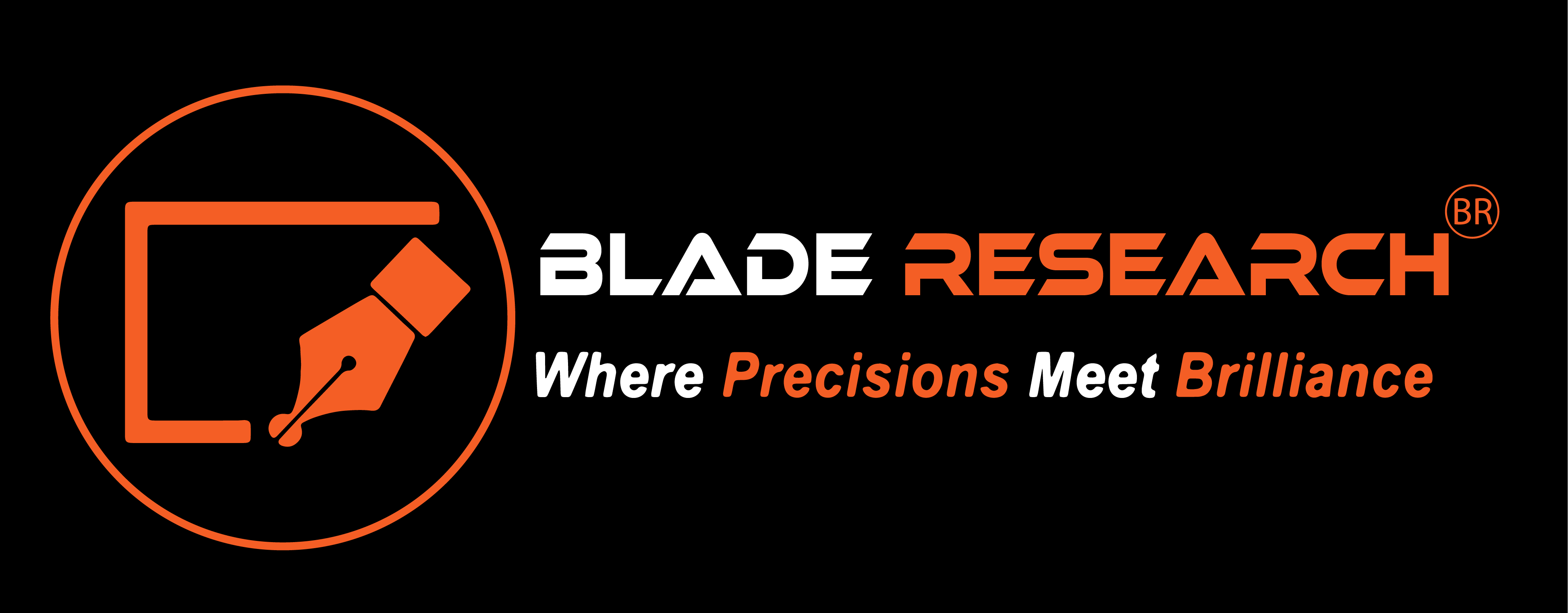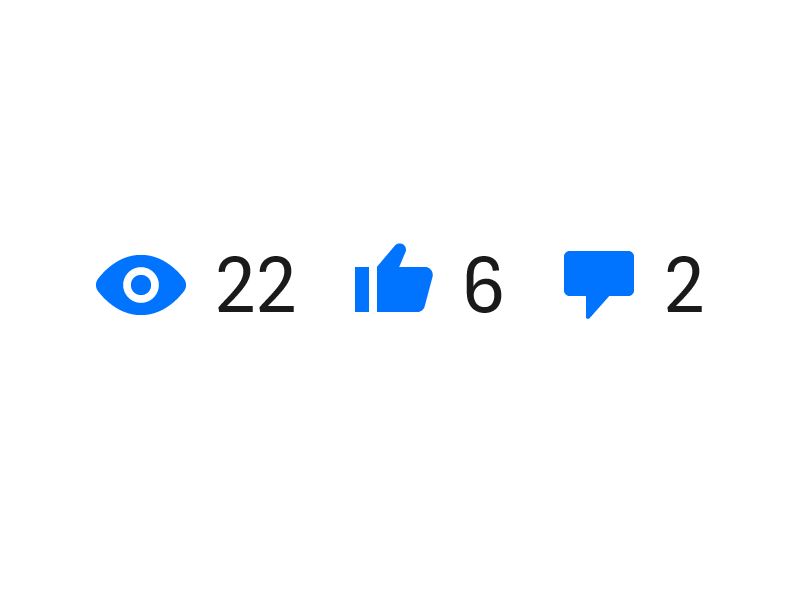The estimated reading time for this post is 10 Minutes
The first thing that occurs to mind when the word ‘muscle’ is mentioned is usually the people who go to the gym resulting in their muscular bodies. Although it is correct that buff people can flex and show their physical state proudly as it takes real hard work, even people who are physically inactive still have muscles. I had no deeper knowledge about the system, other than the general knowledge that it is underneath the skin and allows the body to move, more known as contracting the muscles. After reading and conceptualizing the muscular system, I gained a better understanding of the whole system.
As a former STEM student, I did have background knowledge about the systems, but it was too vague, all I remember was each system’s gross anatomy was discussed and how it primarily functioned. At this point, I should have expected that our body is full of wonders, yet I still get amazed by facts such as there are more than 600 muscles in the human body and that it is made up of countless muscle cells which are specialized for the function of contracting. The skeleton and muscles work together as the musculoskeletal system. This system acts as a homeostatic mechanism to allow humans, even animals, to move to more favorable external conditions. The human body has many muscles that work together to help our body do what it needs to do. Muscles play a role in everything we do. They control our heartbeat and breathing, help digestion and, of course, allow movement.
What I said previously was all possible because our body contains three types of muscle tissues: smooth, cardiac, and skeletal. The human body has many types of muscles, which makes sense because our body has many different functions. It was a concept that was easy to understand because our organs are scattered around in different areas of our body. To summarize the types of muscles, smooth muscles are found in the walls of hollow internal organs and blood vessels of the body, such as the interior of the eye, the small intestine, the bronchioles of the respiratory tract, the urinary bladder, and many more, except for the heart. Cardiac muscle is only found in the heart as it is also an involuntary muscle just like smooth muscles. Cardiac muscle makes the heartbeat, the pumping action of the heart beating keeps the blood flowing through the cardiovascular system. Skeletal muscles comprise the body’s muscular system and account for about 40-50% of a person’s weight. They are the muscles that move bones and generate movement as it is the only voluntary muscles in the body. Skeletal muscles help keep the body balanced and in an upright position by maintaining the body’s posture. Knowing the types of muscles made me realize how complex our body can be to produce simple movements such as lifting our arms, standing up, blinking, and even just breathing. But to truly understand the muscular system, I also learned its microscopic anatomy, which was way more complicated than I expected because of all the processes our muscle fibers have to go through just to produce a single contraction.
Learning about the microscopic anatomy of skeletal muscles was not easy, but once I got the gist and started envisioning the parts of the muscle, it became natural for me to connect the anatomy and its physiology. As we all know by now, we have more than 600 muscles, each muscle we have consists of fascicles, which consist of muscle fibers (muscle cells) that contain myofibrils, divided into segments called sarcomeres. In myofibrils, sarcomeres can be found where the basis of muscle contraction theory happens also known as the ‘sliding filament theory’, with the help of threadlike proteins, myofilaments, which are known as actin and myosin. Thick filaments are made primarily of the protein myosin but also contain the ATPase enzyme. The ATPase enzyme breaks down ATP and releases the energy used for muscle contraction. Thin filaments are composed of actin proteins and several proteins that regulate the transfer of myosin heads to actin proteins. Myosin heads form a cross-bridge when connecting thick and thin filaments during contraction. When the actin-containing filaments slide against each other during contraction, the actin and myosin filaments completely overlap, making the lighter central H zone of the sarcomere disappear. The sarcoplasmic reticulum is another important organelle in muscle fibers (SR). Every myofibril in the muscle fiber is surrounded by the SR, which is a specialized smooth endoplasmic reticulum. The main function of this complex system is to store calcium and release it when needed. The trigger of muscle fibers is stimulated as calcium is the final ‘go’ signal for contraction.
Skeletal muscles are most known for their capacity to contract and create movement. Muscle fibers have various functions outside of creating contractions, such as excitability, contractility, extensibility, and flexibility. All of these capabilities, including excitation, and the ability to receive and respond to stimuli, are linked to contraction because movement is caused by the response of muscle fibers, which generates an action potential. Contraction causes extensibility, or the ability of muscle fibers to stretch. After stretching, the muscle fibers should return to their natural position, where flexibility is seen, as this allows the muscles to rebound and resist. Skeletal muscle activity can be easily understood as its other functions are all related.
Another specialization of skeletal muscles is the site where a motor neuron’s terminal meets the muscle fiber, called the neuromuscular junction (NMJ). It is where the muscle fiber first responds to signals from the motor neuron. However, before nerve impulses reach the neuromuscular junction, they must travel through certain pathways. Like any other system, stimulation usually begins with the help of neurotransmitters to generate an action potential and thus causes a contraction that causes muscle fibers to pull the tendons into the bones causing the body to move. When nerve impulses are transmitted to the muscles, it has different reaction rates after stimulation and those are twitch, summation, unfused tetanus, and fused tetanus.
In general, it is clearly established that the muscular system primarily causes contractions. But in order for muscle contractions to happen, its process must also be understood, and it is where ATP regeneration occurs, especially during muscle activities. Adenosine triphosphate (ATP) is the energy source for muscle contraction. Direct phosphorylation, aerobic respiration, and anaerobic respiration are the three mechanisms for ATP regeneration. From what was discussed, we people do not have the infinite ATP to keep doing our muscle activities for as long as we want. As I would assume that all of us experienced that we became physically exhausted at some point in our lives and we had no energy to continue whatever we were doing, may it be playing sports, exercising, etc. It can be referred to as muscle fatigue when our muscles are strenuously exercised for a long time that it has become unable to contract even though it is still being stimulated. For muscle fatigue to occur, oxygen deficit is a major factor. When exercise triggers an oxygen deficit, the body will work to replenish oxygen levels during what is known as a recovery period.
Although it has been discussed how muscles shorten when they contract, that is not always the case. There are two types of muscle contractions, which are isotonic and isometric. Isotonic contractions are familiar to most of us as it is what we do daily, such as bending the knee, lifting weights, and smiling. Isometric contractions, on the other hand, are contractions in which the muscles do not shorten, and an example is when we push the palms of our hands together in front, our arms and chest are contracting isometrically. Doing such examples made me learn more about how the muscles contract and how natural it is for humans to do it without knowing that they are. While I do know that exercising is good for us, I do think that we should also be able to tell what specific exercise we should be doing to achieve our health goals. Aerobic exercise, also known as endurance exercise, was a given example that produces more flexible muscles for greater fatigue resistance, and to do so we can start by participating in an aerobics class, jogging, and bike rides. Resistance exercise requires very little time or no special equipment, such as push-ups, squats, lunges, planks, etc. Doing resistance exercises regularly can increase muscle size and strength.
Every movement that we do is the result of the contractions of our muscles, but what I did not know before was that every movement had its own origin and insertion. An origin is attached to the immovable bone, while insertion is attached to the movable bone, which makes the insertion move toward the origin. Our movements depend on our joints and muscles, which makes sense as we have different types of muscle movements such as flexion, extension, rotation, abduction, adduction, circumduction, dorsiflexion and plantar flexion, supination and pronation, inversion and eversion, and lastly, opposition. When we had our practical quiz, we did all sorts of muscle movements and even classified which muscles we were currently tugging. And what I learned from that is you need to identify if it was either the prime mover, the antagonists, the synergists, or the fixators. Having 600 muscles to remember seems impossible, but we soon learned that most of the names of the muscles were hints to their structures and functions. At the end of the discussion, only the most important muscles were mentioned because there were too many, such as the facial muscles, chewing muscles, neck muscles, trunk muscles, anterior and posterior muscles, etc.
After reading and conceptualizing the muscular system, I gained a better understanding of the whole system. When we were assigned the muscular system for our group’s topic, I did not know how wide the scope of our topics would be, but we had a fair distribution as we had a thorough discussion. As soon as I got my topic, I knew my part was not easy, so I studied the muscular system as a whole. It took me from books to articles to videos to understand the whole concept of the system, which made me ponder how complex it was. After a lot of reading and watching, I started to understand its anatomy which soon was followed by its physiology. I broke down the information I was learning into smaller pieces, starting with the human body having over 600 muscles and progressing to its gross anatomy, then finally its microscopic anatomy. It was not easy, but with the help of numerous examples of how we use our muscles in our daily lives, I understood how it functioned better as I got to put in another perspective on how our muscles work. One thing that was for sure was it was overwhelming to learn about the system on a whole new level, it was more than the vague, general discussions I was taught in the past. I got to learn about different muscle activities and muscle movements, and even identify the muscles by how its name was created. Getting the chance to discover the muscular system taught me a lot of things that would not let me view the system like before. I would now be constantly thinking about how our muscle cells go through a lot of processes just to generate a contraction, and it made me appreciate my body more.
#tessayoung #essay #essays #essaywriting #photoessay #tessayoungedit #代写essay #essay代写 #essayhelp #thingsbitchessay #加拿大essay代写 #essayage #essaywritingservice #lombaessay #essayist #photographicessay #collegeessay #essayer #essayons #tessayoungafter #essaycompetition #risolessayur #theessay #tessayoungedits #essaytime #eyessayitall #englishessay #essaywriter #personalessay #odessayoga #bessay #princessayeshatakia #essayages #collegeessays #essayssuck #essaywritinghelp #videoessay #lombaessaynasional #essaytips






